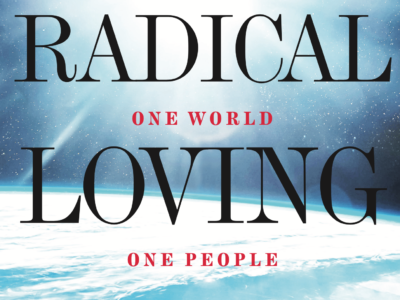By Rabbi-Cantor Cheri Weiss
My beloved stepfather, Bill Kramer, passed away peacefully in hospice care in Florida in May. Due to his severe physical problems from decades of physical labor as a master electrician, Bill needed to live in a nursing home for the past several years. He was in our lives for over 40 years. He could be stubborn, opinionated and bossy. Yet, during my moody teenage years, whenever things seemed bleak for me, he would buy my favorite cookies and leave them on the kitchen table. He treated my daughter, Emma, as if she were his own flesh and blood, getting on the floor to play with her when she was a child. Despite his ever-increasing health challenges, Bill and my mom flew to San Diego for Emma’s Bat Mitzvah in 2006, Dan’s and my wedding in 2012, and Emma’s graduation from UCSD in 2016.
In the past year, despite being confined to his room during the pandemic, Bill and I had some of our most meaningful phone conversations. It was the first time we ever spoke about Judaism in depth, and I realized how much being a Jew meant to him. He missed being able to welcome Shabbat in person with the rabbi who had visited his facility on Friday afternoons and graciously took time to talk to him. Despite his progressive physical decline, his mind seemed to continue expanding. Although Bill lived 2,500 miles away, my world already feels emptier without his presence.
Jewish mourning rites are designed to help us find our way slowly out of the grief we feel when a loved one passes on. Once the burial has taken place, we enter the period known is shiva, from the Hebrew word for “seven,” the number of days the immediate family mourns most intensely. You may have visited a house of mourning during shiva, perhaps bringing gifts of food and more importantly, companionship and comfort to the grieving family.
The thirty days after burial is known as “shloshim,” meaning “thirty,” the number of days this period of mourning lasts. During this time, many people choose not to cut their hair or shave, attend religious festive meals or marry. The underlying belief is that after the period of shiva but while still in shloshim, mourning begins to taper off slightly.
The Mourners’ Kaddish — a memorial prayer — is traditionally recited for a total of eleven months for a deceased parent; thirty days for a child, spouse or sibling. Thereafter, it is recited on the Hebrew calendar anniversary of the loved one’s passing, known as their “yahrtzeit.” It is said in the presence of a minyan, a group of at least ten Jewish adults over the age of thirteen, thus allowing the community to support and comfort mourners during their grieving process. Perhaps incongruously, the Mourners’ Kaddish contains no mention of death. Instead, through the text we are offered the opportunity to reaffirm our connection to God and our faith in a power greater than ourselves.
Judaism is unique in the way it helps the bereaved to gradually work through grief in stages, from the darkest days of intense mourning to a time when we begin to see some light shining through. So, as I work through these stages in the coming months, I will take comfort from the words I will recite in honor of Bill: May the One who creates harmony above bring peace to us and to all Israel. To which we say: Amen.








Comments